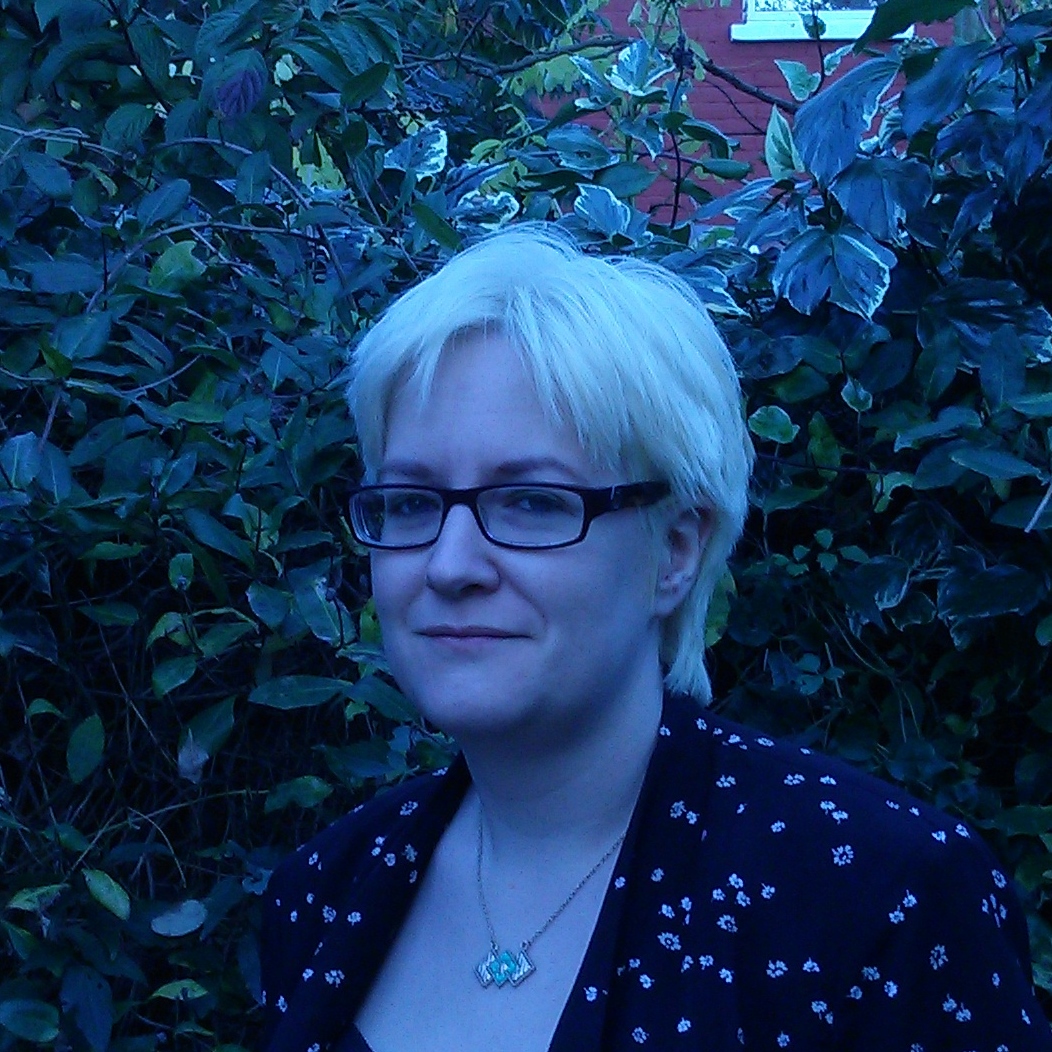 ‘What does everyday healthcare mean?’
‘What does everyday healthcare mean?’
Tracey Loughran is a lecturer in modern British history at Cardiff University, and is currently investigating ideas about health and illness in women’s magazines during the 1960s and 1970s.
When you were ill as a child, who looked after you? When someone mentions “healthcare”, the first image which comes to mind is usually a white-coated doctor or uniformed nurse. When we think about our own childhood experiences of minor illness, though, another image dominates our memories. It’s likely that the first person to notice your high temperature, or to worry about a niggling cough, was your mother. But where did she learn to recognise these symptoms, or how best to manage them?
We often forget about the “everyday healthcare” performed within families, precisely because it is so much part of our ordinary lives that we have almost stopped noticing it. Yet for most people, contact with qualified health professionals is only a small part of their total experience of health and illness.
As a medical historian, I am interested in how ordinary people in past societies tried to attain good health, or to avoid, cure, or simply cope with sickness and pain. If we understand more about healthcare in the past, we will be better placed to make informed decisions about policy and practice today. However, although health is one of the most important aspects of life, it can be very difficult to discover much about “everyday healthcare”, even for relatively recent periods. Most lives go unrecorded, and even letters and diaries which survive often do not discuss aspects of life which people took for granted.
One way around this problem is to look at who performed “everyday healthcare”, and how these people found out about health and illness. In past societies, when women were less likely to work full-time outside the home, mothers were usually the primary providers of care for their families. In the 1960s and 1970s, before the internet, how did women acquire information about health?
Women’s magazines were an extremely important source of information in this period, but they were so commonplace that they have often been overlooked. Although it is easy to dismiss women’s magazines as pointless fluff, in the 1960s and 1970s they reached millions of women – as well as their husbands and children, who often read them on the sly.
Magazines therefore provide a unique insight into the kinds of knowledge about health which circulated among the population. My research explores coverage of health-related topics in women’s magazines, as part of the attempt to understand how previous generations thought about their bodies and emotions, and the legacy of this knowledge for understandings of health and illness today.
If you’re still not convinced about the extent to which magazines shaped ideas about health and illness, answer this question: can you recall being informed or shocked by Evelyn Home, Marje Proops, or Claire Rayner? If these names are familiar, there’s a good chance your own outlook was influenced by the “expert” advice given in women’s magazines – and if this is the case, I’d love to hear more about your experiences as a reader of women’s magazines.
You can contact me at: LoughranTL@cardiff.ac.uk
This article first appeared in the Western Mail on 18th November 2013, as part of the Welsh Crucible series of research profiles.
